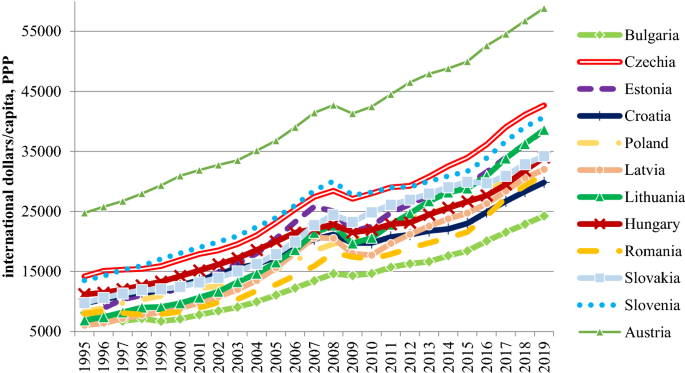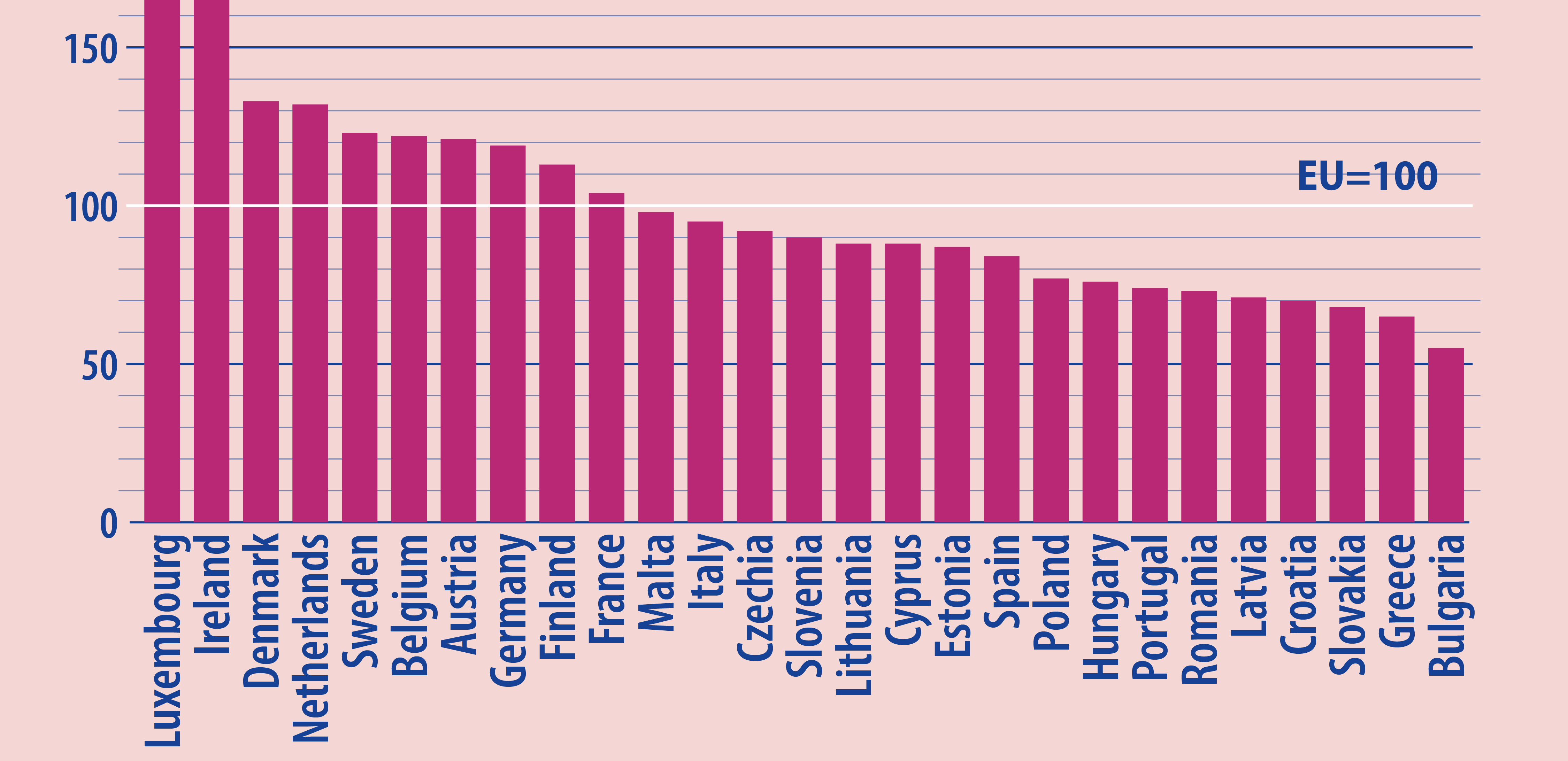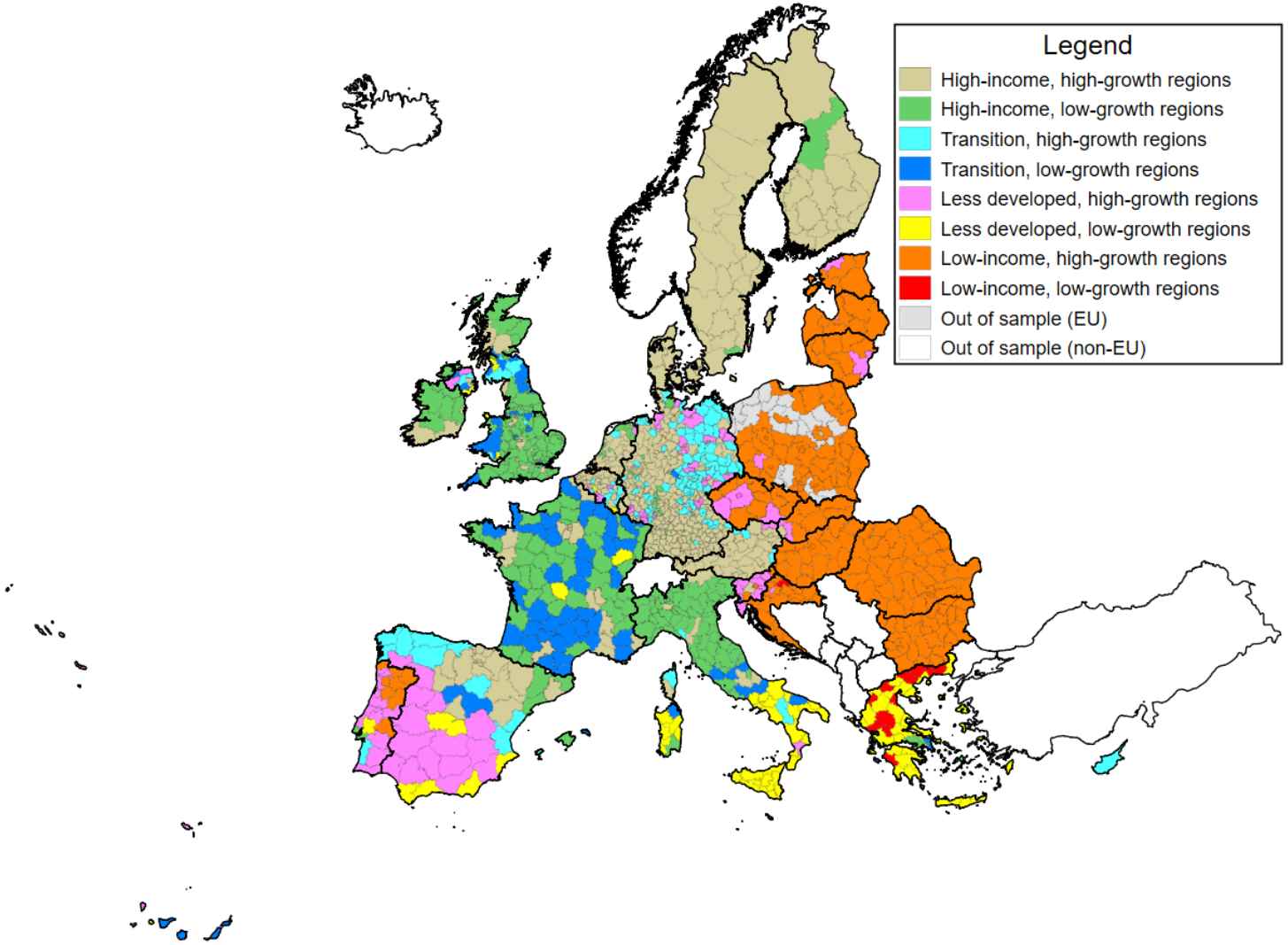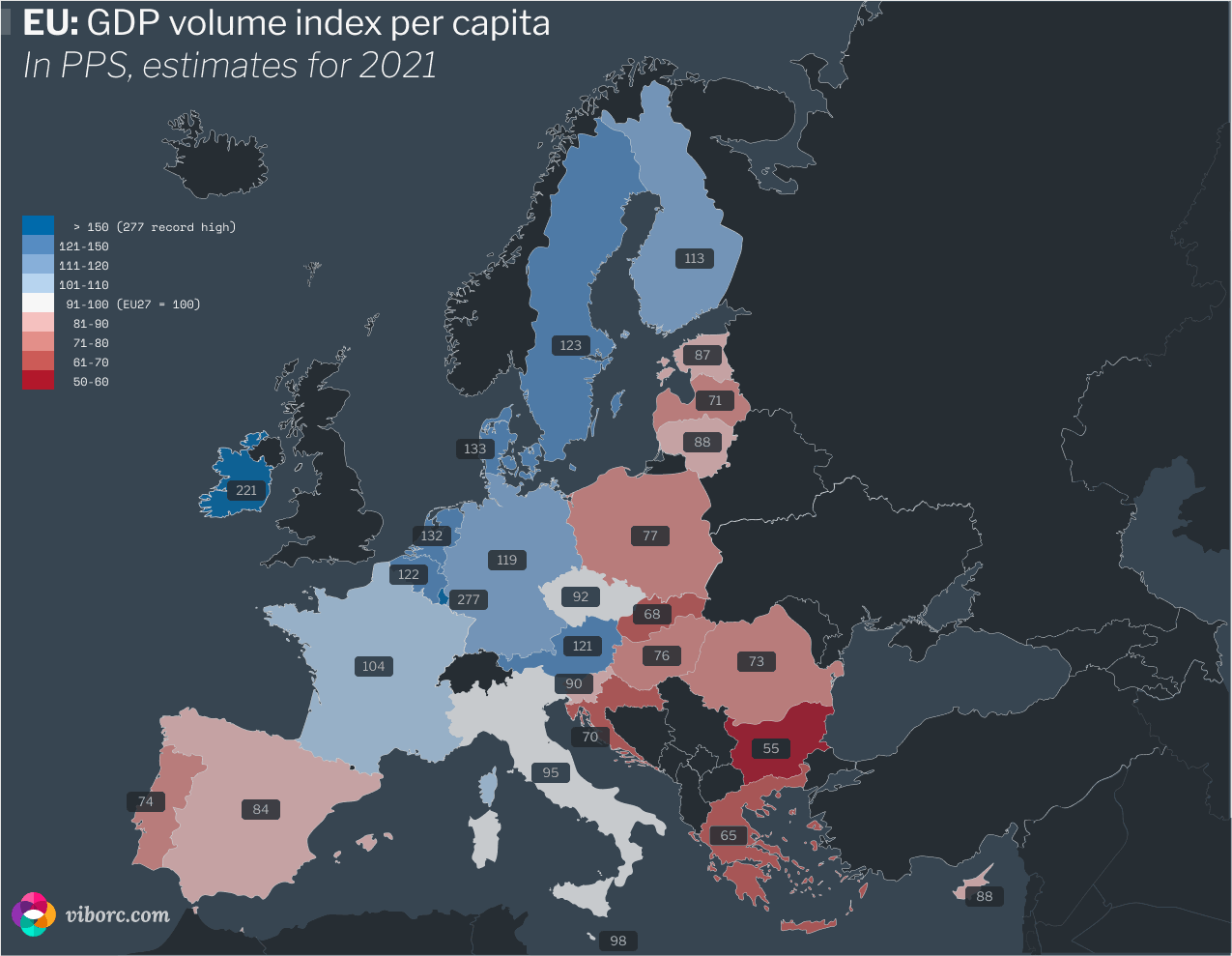How good was Romania's economy in the interwar period, compared to other countries at that time? - Quora
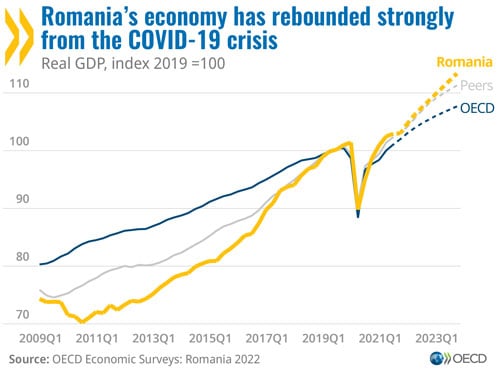
Romania: Boosting productivity and human capital will foster economic growth, more jobs and higher incomes, says OECD

Evolution of nominal GDP per capita in Romania and the EU average is... | Download Scientific Diagram
Romania is the second “poorest” EU member state in GDP nominal per capita terms for 2021 according to IMF, but still is better than most of the countries worldwide : r/europe

a Romanian average GDP per capita growth at NUTS3, for 1995–2015; b... | Download Scientific Diagram

Press releases: In the ranking of EU-28 countries by their GDP per capita (PPP) the Basque Country occupies eighth place

Romania jumps one place in EU's GDP per capita ranking, exceeding Croatia; reaches 63 pct of Europe's average in 2017 - Business Review
Purchasing power parities and gross domestic product per capita in purchasing power standards, European countries, 2018–2020
